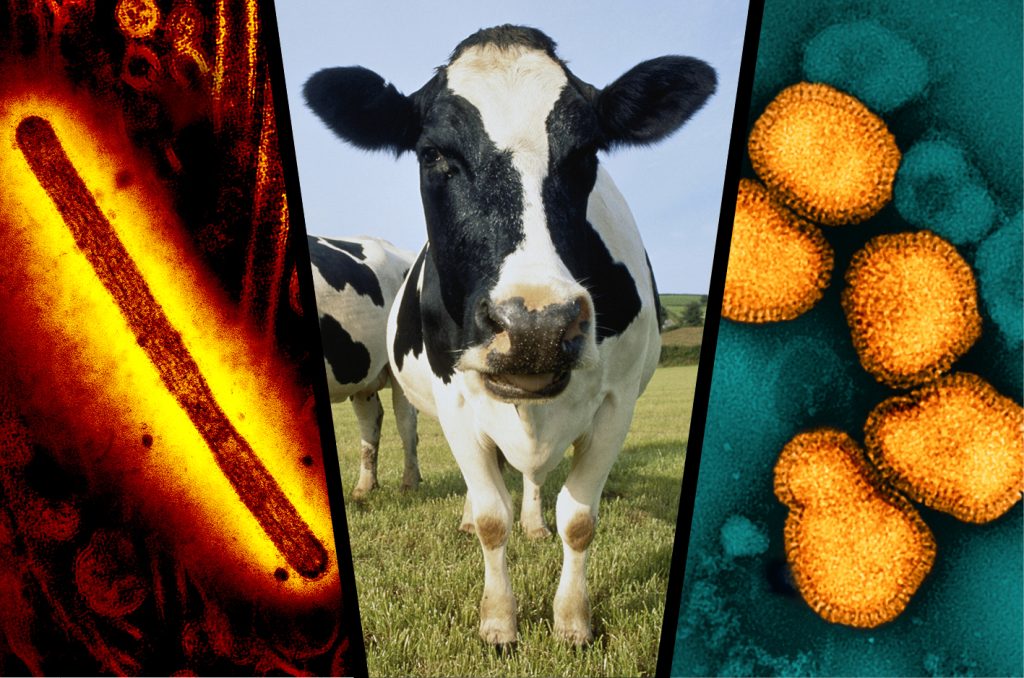Cattle have been found to have entry portals for both human and bird flus, meaning they could potentially host both types of viruses simultaneously. These viruses could potentially swap parts to create a new type of influenza, possibly leading to a pandemic. The receptors found in cattle resemble those found in humans, chickens, and ducks, with the duck version being particularly abundant in the mammary glands of cows. This discovery has raised concerns, especially following the identification of the H5N1 bird flu outbreak in dairy cattle in Texas.
Previously, researchers believed that cattle were resistant to influenza A viruses. However, recent findings have challenged this notion, with instances of cows being infected with influenza A in laboratory studies. The discovery of H5N1 bird flu in dairy cattle and milk products has surprised many experts. The presence of receptors in cows that could facilitate bird flu infections sheds new light on how these viruses can affect livestock, particularly in the mammary glands, respiratory tract, and brain of cattle.
It is still unclear how an infection reaches the udder in cows, with possibilities including contamination through teat entry or blood transmission. While the receptors for the virus are not found in the milk-producing glands’ ducts, further research is needed to understand how the virus reaches the mammary glands. These preliminary results are crucial in expanding our knowledge of cattle’s susceptibility to influenza viruses and could potentially inform future prevention and control strategies.
The findings from this study contribute valuable insights into the interaction between influenza viruses and cattle, highlighting the need for further research to understand the mechanisms of infection and transmission in livestock. These discoveries underscore the importance of monitoring and studying the potential for viral outbreaks in agricultural settings, particularly in dairy cattle. By continuing to investigate the receptors and potential routes of infection in cows, researchers can better prepare for and prevent future outbreaks of influenza in livestock.
The implications of the discovery of influenza receptors in cattle are significant, as they could have far-reaching consequences for animal and human health. Understanding how these viruses interact with different species, including cattle, is crucial for developing effective strategies to prevent and control the spread of infectious diseases. By expanding our knowledge of influenza viruses and their potential hosts, researchers can better prepare for and respond to emerging viral threats, reducing the risk of pandemics and improving public health outcomes.


